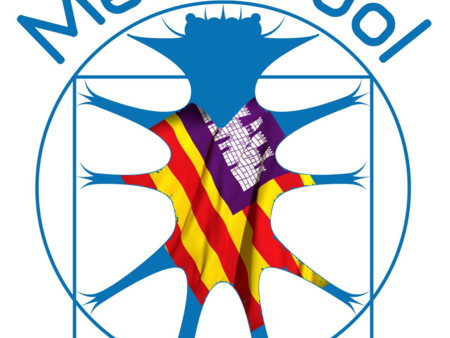The BLUEREVOLUTION idea
Infaunal benthic communities (animals living in the sediments, Fig. 1) comprise some of the most diverse groups of organisms on Earth, and are ideal ecological indicators and sentinels for ecosystem health. Yet only a small part of this diversity has been described, and knowledge of their biology and ecology is fragmentary. Facing the rapid increase of anthropogenic pressures on marine ecosystems, the scientific community needs to build robust baseline data sets and catalogues of marine life against which to measure future biodiversity changes and losses. Due to their high abundance, diversity, widespread distribution, relatively rapid generation times and fast metabolic rates, infaunal benthic organisms are one of the best marine bio-indicators available to assess global environmental changes.
The introduction of DNA sequence-based taxonomy and metabarcoding revitalized taxonomy, and initiated the development of fast methods using fingerprinting techniques to address the need for rapid and accurate assessment of anthropogenic stressors and impacts on marine biodiversity. However, these methods based on DNA are hardly quantitative and often non-informative in terms of phenotypic, behavioral, and ecological diversity. A major problem to apply the DNA-fingerprinting techniques for deep-sea ecology is the lack of reference genetic information from infaunal taxa, making it impossible to associate sequences to species and to their functional roles in the ecosystem.
In terms of marine biome assessment, the pioneering project “Tara Oceans” (2009 – 2013) united expertise in taxonomy, ecology, molecular biology and (bio)informatics to to conduct a planetary-scale inventory of plankton diversity. Beyond molecular ecology, the Tara Oceans team has developed 3D-fluorescence automated imaging and computer-based classification tools for high throughput analysis of the taxonomic and morphological composition of eukaryotes in plankton communities (Fig. 2). This technique opens up new exciting perspectives to explore the diversity of deep benthic eukaryotes. New developments using holographic and fluorescence in-situ imaging also allow for rapid (e.g. 250 times faster than FlowCam) in-situ recognition of individual organisms and desktop versions can process samples with convolutional neural networks at a pace with which human eyes and brains cannot compete.
Thus, the technology for effective and rapid identification of small benthic eukaryotes and metazoans is ready. It can be used to 1) advance research efforts and aid marine conservation goals, 2) fill significant morphological/genetic/proteomic open-access reference libraries as baselines against which to test future changes, and 3) train the next generation of scientists that can use and adapt these methods to discover and monitor our Ocean’s seafloor.
The BLUE REVOLUTION project will develop in-situ/onboard/in-the-field methods (holographic microscopy and 3D-fluorescence imaging) together with AI-based classification tools allowing for quantitative and functional data of benthic communities being generated at speeds unseen before (Fig. 3).
BLUE REVOLUTION will produce a standardized method for building open-access reference libraries/data repositories of benthic diversity together with fast and reliable tools for rapid and accurate impact assessments and biodiversity surveys. This project will provide the training and education of the next generation of benthic integrated taxonomists/ecologists with skills in species identification coupled with strong hypothesis-based research programs, and the ability to employ cutting-edge techniques.
BLUE REVOLUTION developments will be useful in shallow (particularly necessary in ecosystems were meiofauna/small macrofauna is the dominant benthos such as in mangroves; or sandy beaches in the context of sand extraction) and deep-sea ecosystems (owing to the reduction of animal size with increasing water depth), to monitor a wide range of human impacts (trawling and other physical disturbances, industrial discharge of hydrocarbon, thermal pollution, plastics contamination, agriculture discharges and sewage, heavy metal pollution, aquaculture, dumping of dredged material, munition and nuclear waste dump sites, exploitation of mineral resources, climate change including ocean warming, ocean acidification, ocean deoxygenation and other episodic events).
The BLUE REVOLUTION concept was created by 5 researcher teams (IFREMER Senckenberg Institute, ENIB, SBR, and Florida State University) and shared with the scientific community. BLUE REVOLUTION aims to federate most scientific actors globally, ready to collaborate and feed the deep-learning machine, and to use the developed method to test strong ecological and evolutionary hypotheses as well as applying it to monitoring studies. A large number of leading scientific experts in benthic ecology worldwide have committed to be part of the BLUE REVOLUTION collaboration network.











